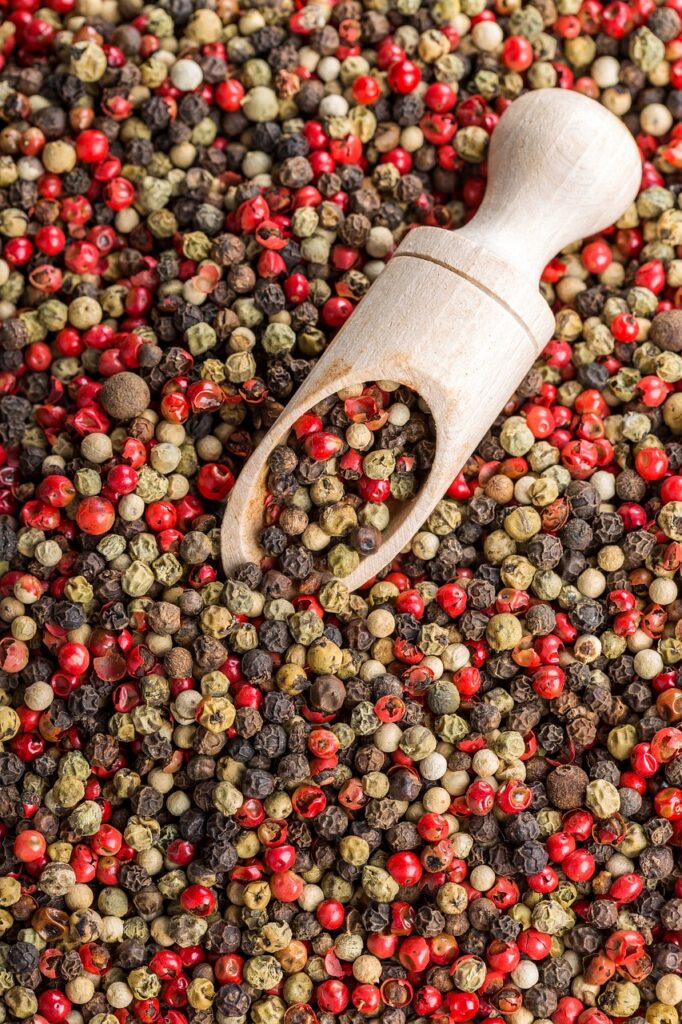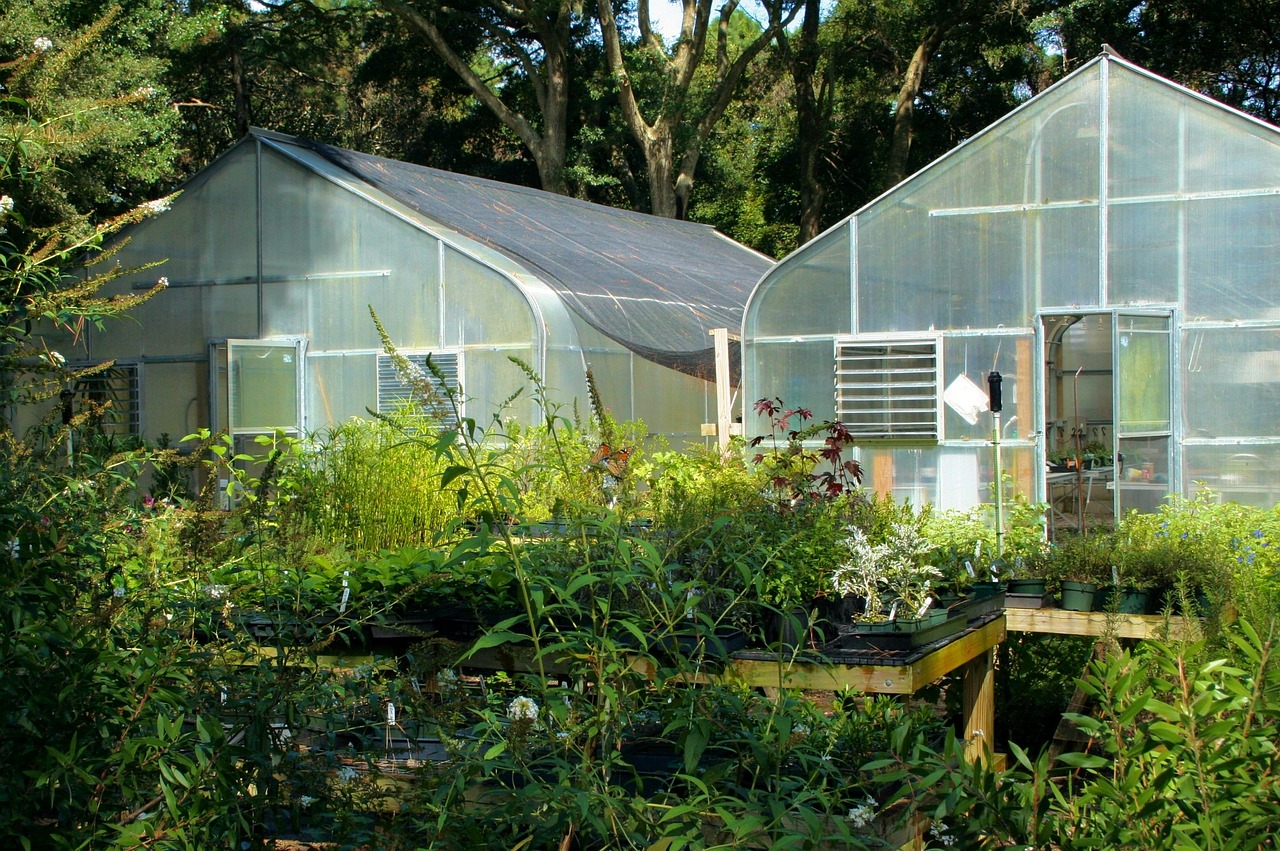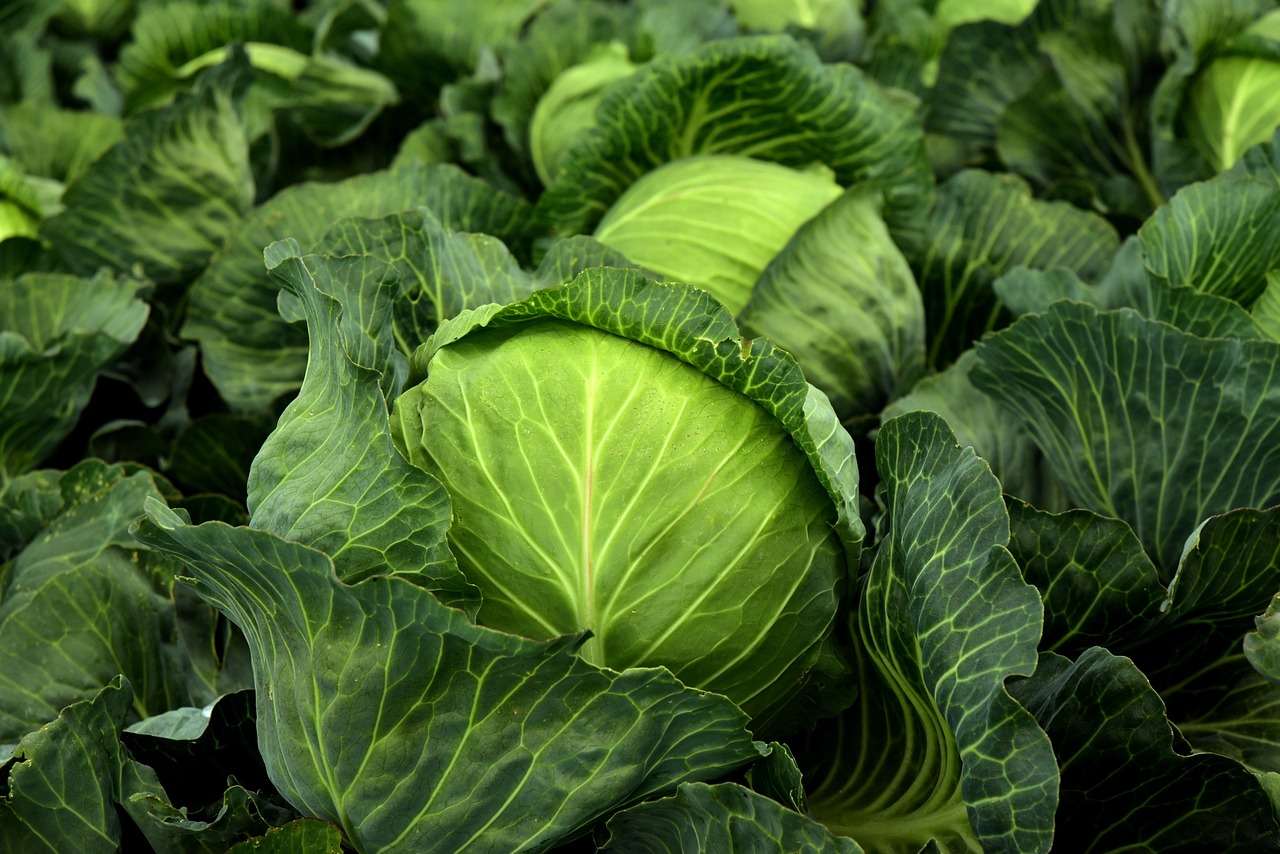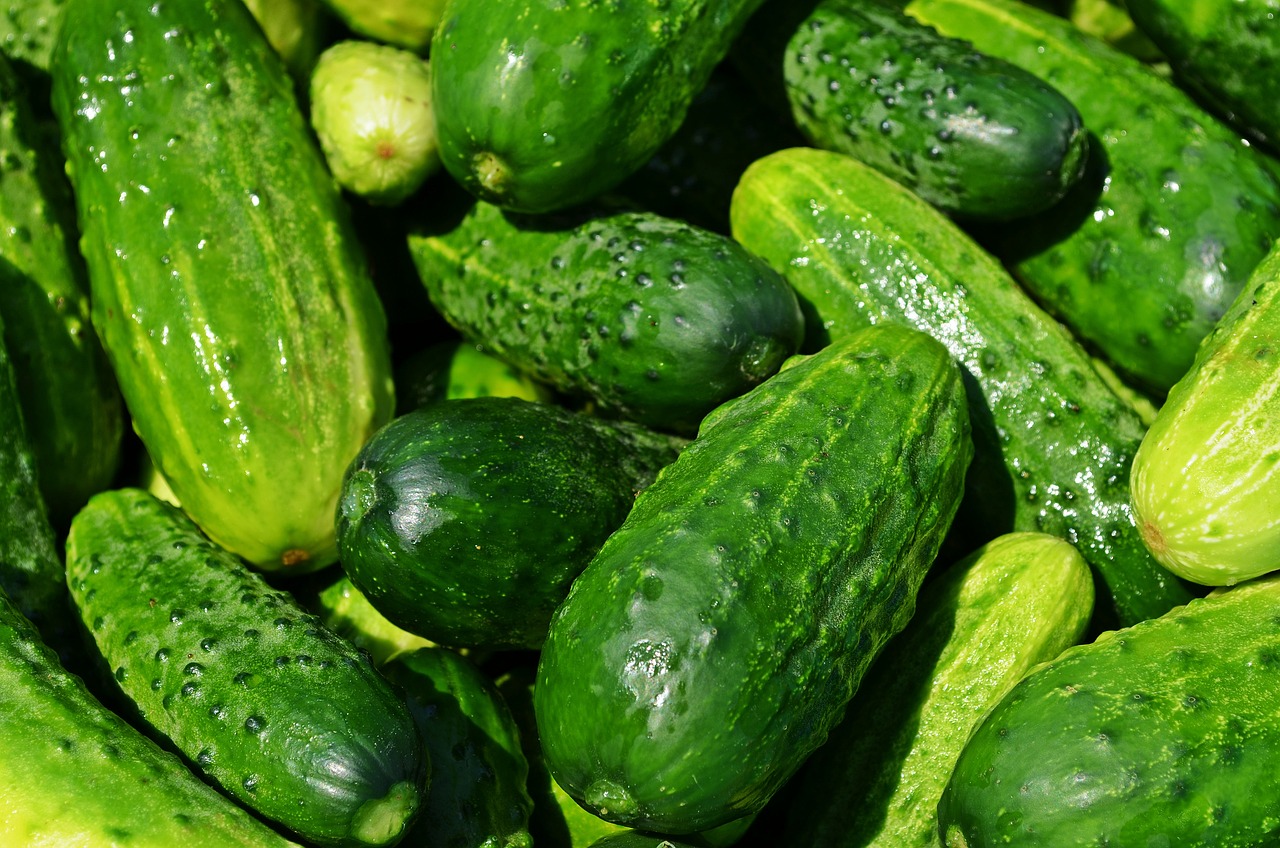Are you tired of buying bland, tasteless peppers from the grocery store? Why not try growing your own organic peppers at home? Not only is it a rewarding experience, but you’ll also have access to fresh, flavorful peppers right at your fingertips.
Before you start, it’s important to understand the strategies for growing organic peppers. From choosing the right type of pepper for your growing conditions to properly fertilizing and watering your plants, there are several factors that can impact the success of your pepper crop.
But don’t worry, with a little bit of knowledge and effort, you can become a pro at growing your own organic peppers in no time.
Choosing the Right Type of Pepper for Your Growing Conditions
Choosing the right type of pepper for your growing conditions can be a bit tricky, but it’s worth the effort to ensure a bountiful harvest.
First, consider whether you’ll be growing your peppers indoors or outdoors. If you’re planning on growing them inside, you’ll need to choose a variety that can thrive in a container and doesn’t require too much sunlight. Indoor varieties tend to be smaller and have a shorter growing season. Outdoor varieties, on the other hand, can grow much larger and require more space and sunlight.
Next, consider the level of spiciness that you prefer. If you love a little heat, then you’ll want to choose a spicy variety like jalapeno or habanero. If you prefer a milder flavor, then bell peppers or banana peppers might be a better choice. Keep in mind that the level of spiciness can also be affected by growing conditions, so make sure to do your research on the specific variety you choose.
By choosing the right type of pepper for your growing conditions and personal taste preferences, you’ll be well on your way to a successful and delicious harvest.
Preparing the Soil for Optimal Growth
First, you need to test the soil to determine its pH level and nutrient content. This will help you determine what amendments are necessary to create the ideal growing conditions for your peppers.
You can purchase a soil testing kit at your local gardening store, or send a sample to a professional lab for analysis.
Once you have the results of your soil test, you can amend the soil to improve its nutrient content and pH level. Some common amendments include compost, aged manure, and bone meal. These can be mixed into the soil before planting or applied as a top dressing throughout the growing season.
Remember to also aerate the soil before planting using a garden fork or tiller to improve drainage and root development.
With the right soil preparation, your peppers are sure to thrive and produce a bountiful harvest.
Fertilizing Your Pepper Plants Appropriately
To ensure your pepper plants receive the necessary nutrients for optimal growth, you’ll need to know when and how to fertilize them appropriately. Organic fertilizers are the best option for pepper plants as they provide the necessary nutrients without the harmful chemicals found in synthetic fertilizers. Timing application is also crucial for the plants to absorb the nutrients effectively.
Fertilize your pepper plants when they are actively growing and producing fruit, usually every 4-6 weeks during the growing season. Composting benefits can also help you fertilize your pepper plants. Compost is rich in nutrients, and it can be used as a natural fertilizer for your plants.
Homemade recipes that use kitchen scraps and yard waste can be used to create your compost. The compost can be added to the soil around the base of the pepper plants or mixed into the soil before planting. By following these fertilizing tips, you can ensure your pepper plants are getting the nutrients they need to grow healthy and produce a bountiful harvest.
Providing Adequate Water and Sunlight

Make sure you’re giving your pepper plants enough water and sunlight if you want them to thrive and produce delicious, juicy peppers that’ll make your taste buds dance with joy.
Watering techniques play a crucial role in determining the growth and health of your pepper plants. While it’s important to water them regularly, you should also avoid over-watering them as that can lead to root rot and other diseases. A good rule of thumb is to water your pepper plants whenever the top inch of soil feels dry to the touch. Additionally, you should water them deeply to encourage the roots to grow deeper into the soil.
Apart from watering techniques, your pepper plants also need adequate sunlight exposure to grow and produce peppers. Pepper plants require at least 6-8 hours of sunlight every day to thrive. You can achieve this by placing your pepper plants in a sunny location in your garden or by using grow lights if you’re growing them indoors.
However, it’s important to note that too much sunlight exposure can also be harmful to your pepper plants. If you notice that the leaves are wilting or turning yellow, it may be a sign that they’re getting too much sunlight. In such cases, you should move them to a shadier location to prevent further damage.
Harvesting and Enjoying Your Organic Peppers
Once your pepper plants are ready for harvest, it’s important to pick them at the right time to ensure maximum flavor and nutrition. Pick your peppers when they have reached their full size, but before they start to change color. You can tell they’re ready when they feel firm to the touch and have a glossy appearance. If you wait too long, the peppers will start to soften and can even rot on the plant.
If you find yourself with an excess of peppers, there are many ways to preserve them for later use. You can freeze them, dry them, or even pickle them. Creative pepper recipes are also a great way to use up your surplus.
Try incorporating them into dishes like fajitas, stir-fries, or chili. You can also make your own hot sauce or salsa using fresh peppers. Don’t let your hard work go to waste – enjoy your organic peppers all year round!
Frequently Asked Questions
How do I prevent pests and diseases from damaging my pepper plants?
Prevent pests and diseases by using natural pest control methods like companion planting, neem oil, and insecticidal soap. Crop rotation is important to avoid soil-borne diseases.
Can I grow peppers indoors, or do they need to be grown outdoors?
You can grow peppers both indoors and outdoors, but indoor vs outdoor pepper growing requires different techniques. The best pepper varieties for indoor cultivation are compact plants like bell peppers, chili, and jalapeños that thrive in pots.
What are some common mistakes to avoid when growing organic peppers?
Common mistakes to avoid when growing organic peppers include overwatering, inadequate sunlight, poor soil quality, and not providing enough support. Troubleshooting tips include adjusting watering schedules, adding fertilizer, and staking plants.
How long does it typically take for pepper plants to produce fruit?
Pepper plants usually take around 60 to 90 days to produce fruit, depending on various factors such as weather conditions, soil quality, and plant care. To encourage fruit production, follow best practices for pruning pepper plants.
Can I save seeds from my organic pepper plants to use for future plantings?
Yes, you can save seeds from organic pepper plants for future plantings. However, seed viability may decrease over time. To ensure success, store seeds in a cool, dry location and use within 2-3 years.
Conclusion
Congratulations! You now have all the knowledge you need to grow delicious organic peppers right at home.
By selecting the right type of pepper for your growing conditions, preparing the soil, fertilizing appropriately, providing adequate water and sunlight, and harvesting at the right time, you can ensure a bountiful crop.
Remember to check on your plants regularly and adjust your care plan as necessary.
With a little bit of effort and patience, you’ll soon be enjoying the fruits of your labor in the form of fresh, homegrown organic peppers.
So why wait? Start planting today and enjoy the taste of your very own organic peppers!










